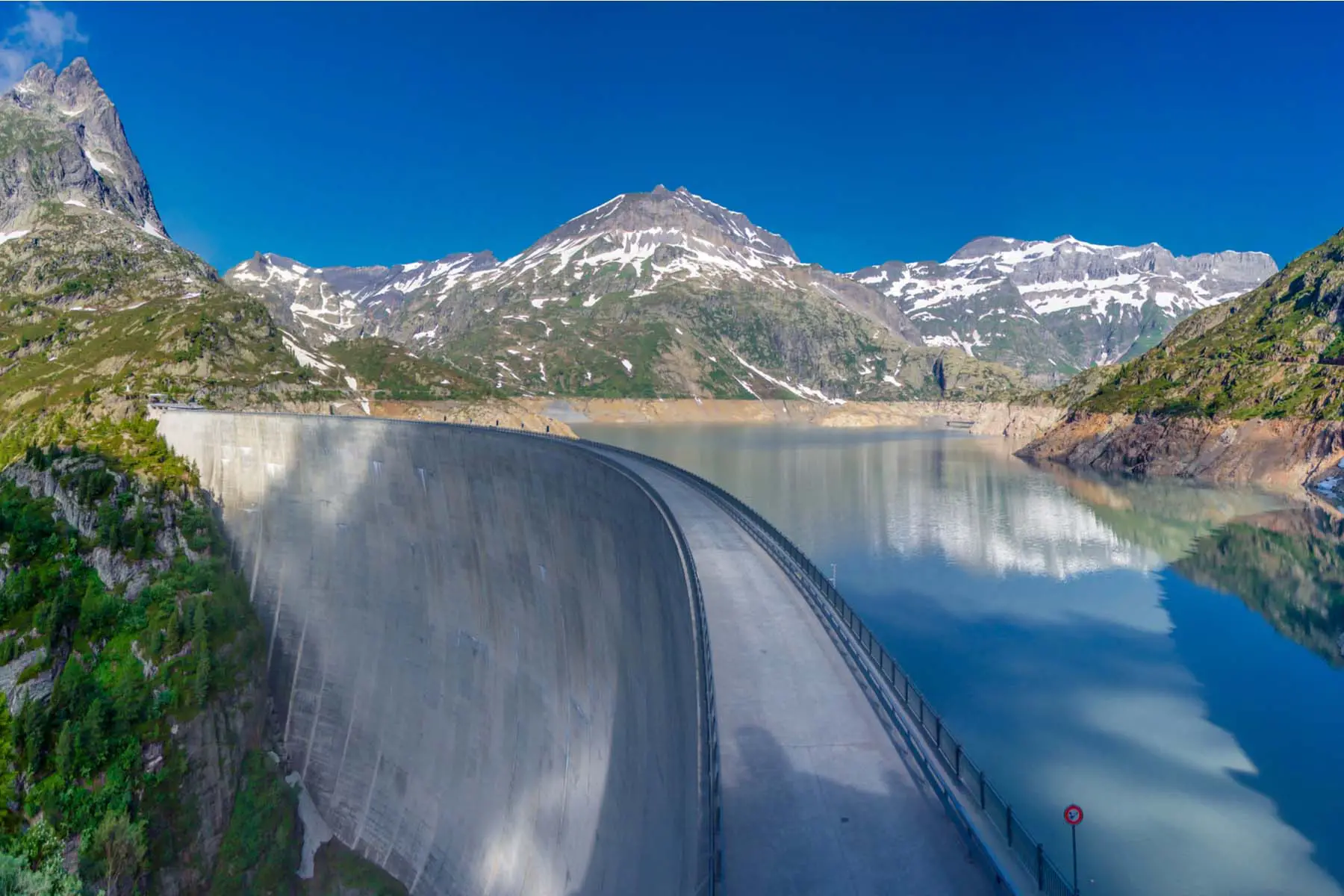The logistics of setting up a home in Switzerland could be a daunting task. So you wouldn’t be blamed for not prioritizing environmentally mindful choices while moving across time zones. Fortunately, as a country of natural wonders, Switzerland makes it easy for residents and newcomers to live a life that respects the environment. Follow our tips for sustainable living in Switzerland, from transport to banking.
- 1. Power your home with green energy
- 2. Commute green
- 3. Compost at home
- 4. Get involved with the sharing economy
- 5. Shop locally
- 6. Download the right green apps
- 7. Go paperless with your banking and bills
- 8. Watch your water usage
- 9. Replace your old appliances
- 10. Recycle, recycle, recycle
- Useful resources
Wise
Do your finances go beyond borders? Then you need a fast and secure way to move money internationally. Wise is a global leader in online international money transfers, letting you move money at an exchange rate several times cheaper than your bank. Whatever your personal or business needs, Wise can make your money go further.
1. Power your home with green energy
Committed to using more renewable energy, Switzerland adopted the Energy Strategy 2050 in 2017. With the help of policies and regulations, the Swiss aim to rely more on renewable resources while reducing power consumption and increasing energy efficiency.
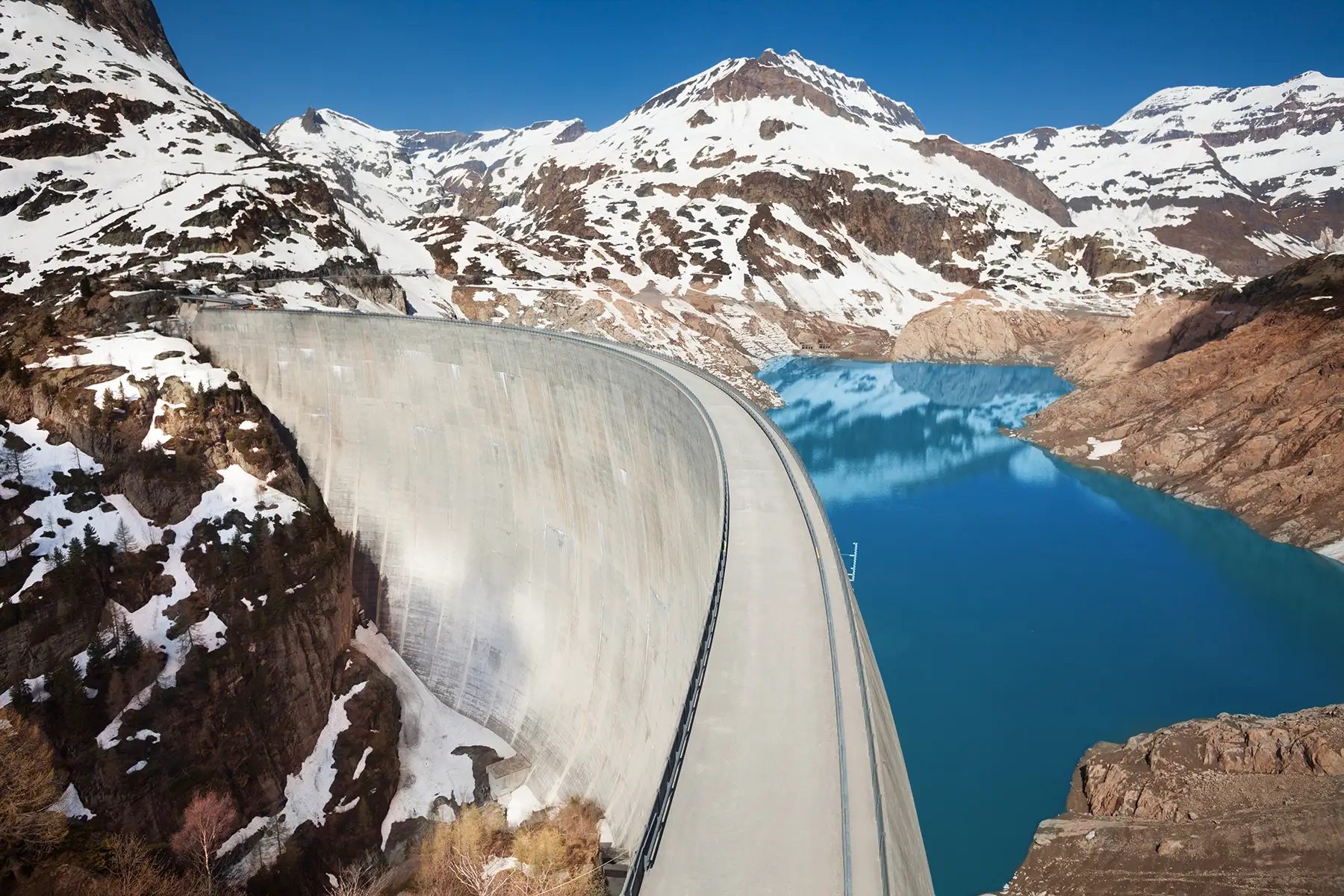
Currently, only 4.2% of renewable energy comes from wind and solar power, making Switzerland one of the worst performers in Europe in this category. However, the overall renewable energy production boasts a promising 75%, and the country already has a plan in motion to shut down its nuclear plants one by one.
Utilities in Switzerland are managed in each Swiss canton separately and you need to register for a provider yourself. Check Swiss Power to find the provider for your canton and see if they have greener options available.
2. Commute green
Switzerland has one of the most efficient countries in terms of public transport. Despite its small size, it has a total of 29,000 kilometers of the Swiss public transport network. Wherever you need to go, you’ll probably be able to reach your destination by train, tram, bus, boat, or cable car. If you prefer to get some fresh air while commuting, there are plenty of bike lanes in most cities.

Swiss Federal Railways (SBB/CFF/FFS) is the main railway network that connects different regions and cities. You can get a SwissPass travel card if you commute frequently and also benefit from different subscription options for all types of travelers. 90% of SBB trains run on hydropower already, and plans are in motion to achieve carbon neutrality by 2030.
PostBus, the bus network connecting areas not accessible by trains, also plans to have more buses running on renewable energy. If you prefer to drive, all Swiss cantons offer various tax breaks and subsidies to encourage electric car ownership.
3. Compost at home
The Swiss are famous for the meticulous way they manage their waste, and naturally, this means that your food and garden scraps go back to nature one way or another.

Each municipality organizes its own waste management, so it’s best to check your region’s website for the rules. But generally, you can find a composting center in your community that’s willing to take your banana peels off your hands. You can check this interactive map for more information on the compost point nearest to you. If not, some companies allow you to compost your food at home, like Worm Up.
4. Get involved with the sharing economy
Sharing economy is another great way to keep things on the green side. One of the easiest ways to get involved with the sharing economy is to split your ride. Mobility allows you to skip car ownership and access a car whenever you need it. PubliBike offers bikes you can rent by the hour with the swipe of a card. You can also use BlaBlaCar for longer journeys and join someone who’s taking the same route as you.
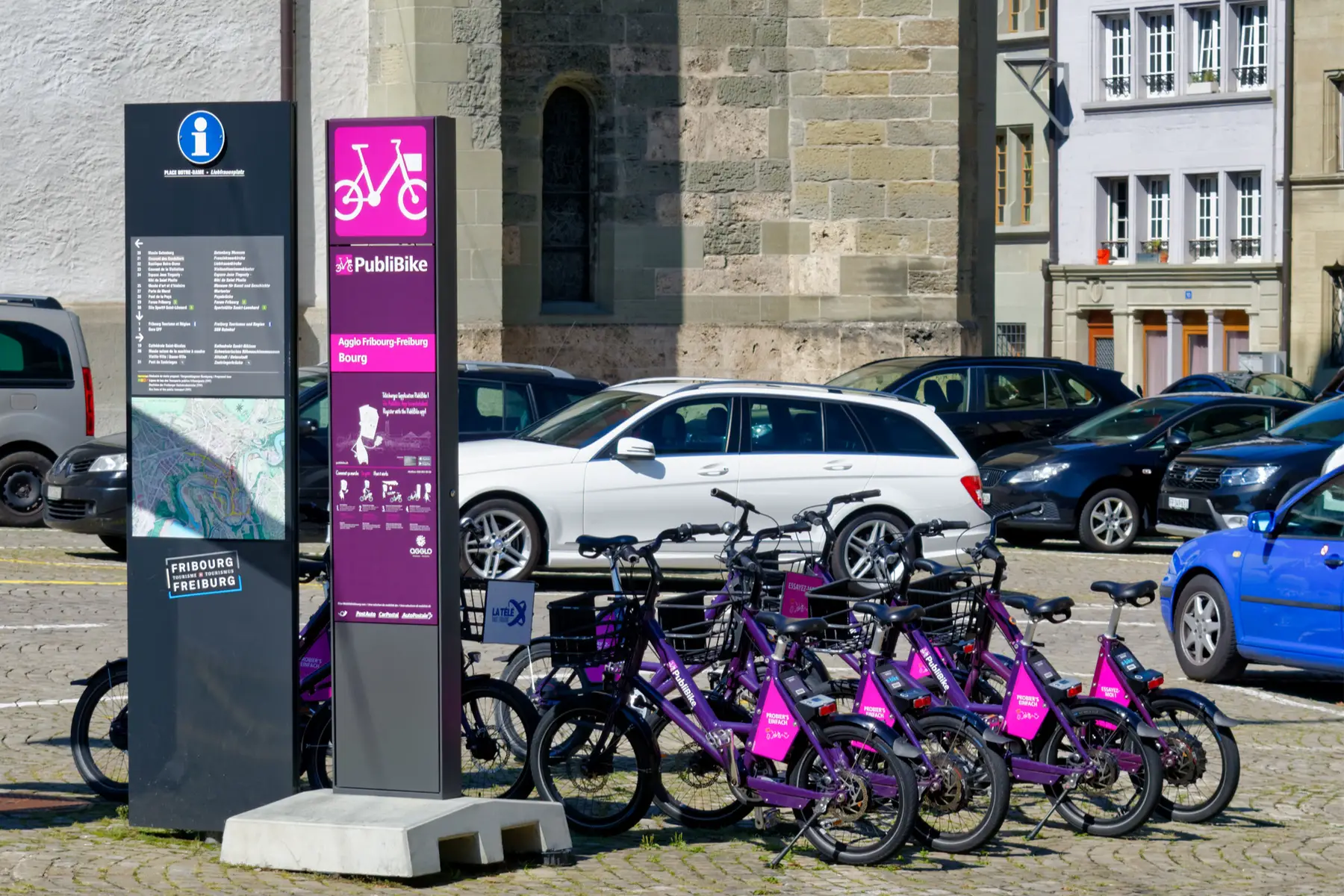
There are other things you can share with your community in Switzerland for sustainable living. With Pumpipumpe, you can order stickers that show the items you’re willing to lend out and stick them on your mailbox. For equipment you can’t find in your community, you can use Sharely to rent from other people.
5. Shop locally
The abundance of multinational supermarkets in Switzerland makes shopping easier and cheaper in most cases, but it usually comes at an environmental cost. By shopping from local producers instead, you can reduce your carbon emissions since the food has to travel less distance to reach your table. You’ll also contribute to the local economy by helping local farmers pocket more profit.
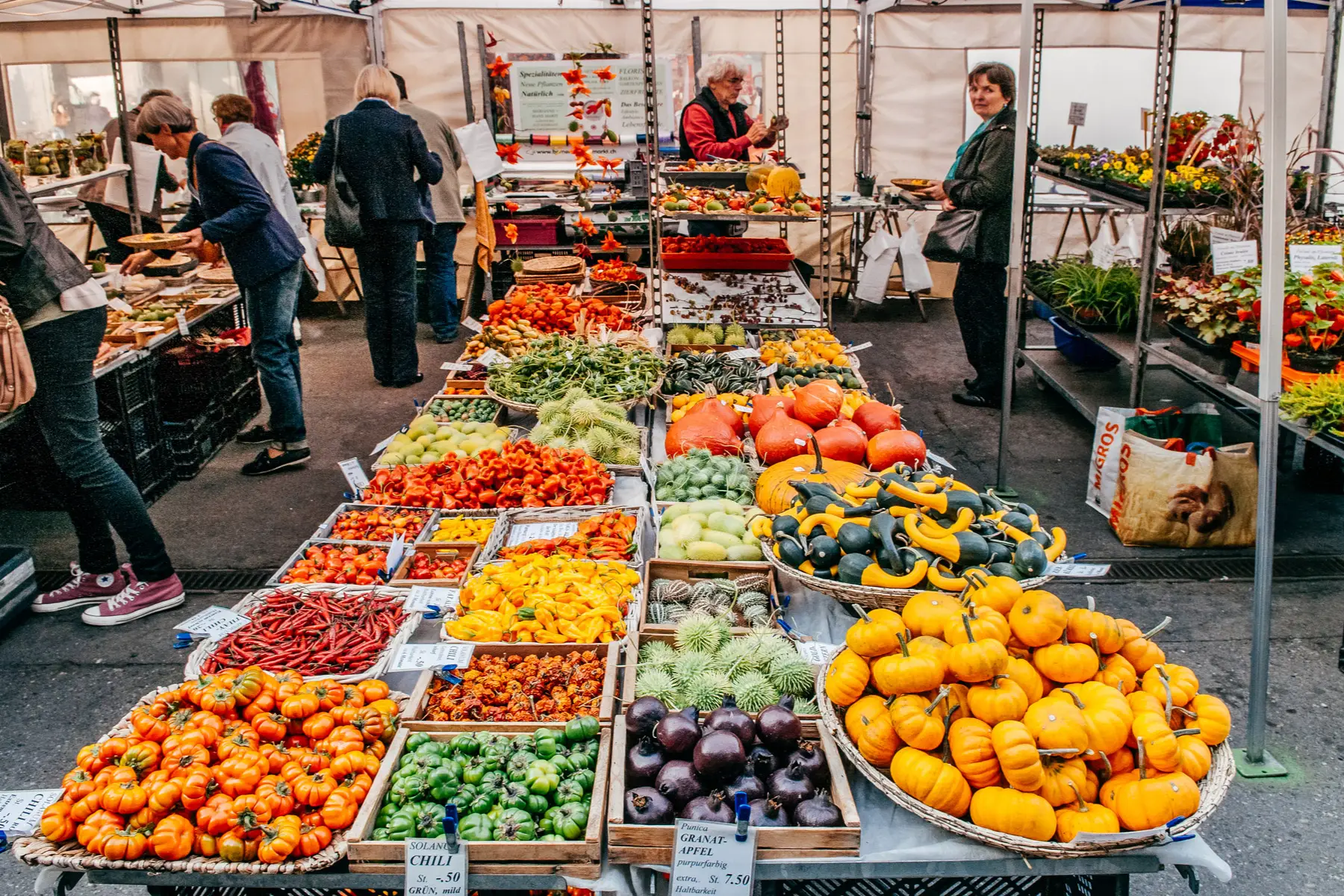
Switzerland is, unfortunately, a small country with minimal natural food resources. But that doesn’t mean you have no options. You can explore local farmers’ markets in your city to shop a bargain and fill your bag with fresh produce. You can also go online and get your groceries from local producers or sustainable international resources. You’ll also find a plethora of online delivery services that can deliver fresh, sustainable produce to wherever you live in Switzerland. Check out the Great Full’s guide for more ideas on sustainable shopping in Switzerland.
6. Download the right green apps
There is an app for everything these days, even for living a more environmentally mindful life. The most famous of these is Too Good To Go, an app where bakeries, cafés, restaurants, and grocery stores can sell their surplus food for a fraction of the retail price, reducing food waste and helping your wallet. If you have a green thumb, Gardenia explains how to grow the perfect veggies in your urban garden. Forest is a focus app that plants virtual and real trees on your behalf every time you manage to get work done without falling prey to social media distractions.

It’s not available as an app, but it’s still worth mentioning Climeworks for its unique solution to living sustainably. Climeworks’ carbon capture plants catch and eliminate carbon from the air, and functions with an easy-to-cancel subscription plan.
7. Go paperless with your banking and bills
Going paperless is another great way to reduce your carbon footprint and live sustainably. Since it involves switching from physical bills and letters to electronic copies, going paperless also helps reduce the clutter at home. Last but not least, another advantage is that your documents are now accessible from anywhere.

Swiss businesses and banks are already committed to reducing the paper trace. Almost all financial institutions in Switzerland use eBill, where you can create an account and add your invoice issuers to pay your bills online.
Another great way to go paperless is to use digital banking. Digital banking apps are both convenient and environmentally friendly. These apps allow you to sign up and create bank accounts without leaving your couch, and you get all your communication electronically. Some banks are now digital only:
And if you still prefer traditional banking options in Switzerland, Credit Suisse offers a digital banking solution called CSX. Try out a comparison site such as moneyland.ch to find out more about your options.
8. Watch your water usage
Switzerland has excellent tap water thanks to its Alpine location and natural springs. 60% of the drinking water in Switzerland is so pure that it’s provided to homes with little to no treatment. But even a country full of natural water resources faces the challenge of future water shortages. By 2050, most of the Alpine glaciers might completely melt away, making rainfall more extreme and leading to water scarcity.

The current Swiss water footprint is around 160 liters per person per day. This number is moderate compared to other countries, but it doesn’t include virtual water consumption. Virtual water consumption represents water used to produce goods. When this amount is included, daily water consumption increases to 4,400 liters per person. This number places Switzerland as a country with one of the largest water footprints. Wasser für Wasser (WfW) is a non-profit organization aiming to fix this issue. They have several projects encouraging tap water consumption instead of bottled water and using funds to improve water equality.
There are also steps you can take at home to help reduce your water consumption and live sustainably in Switzerland. Eating less meat and poultry can help you save thousands of liters of virtual water used to produce them. You can also reduce your virtual water usage by opting to shop locally. You can reduce your real water consumption with simple steps such as installing a dual flush in your toilet and running your washing machine or dishwasher only on a full load.
9. Replace your old appliances
One of the most impactful ways to reduce your carbon footprint happens to be the easiest to achieve: replacing energy-hogging old appliances with energy-efficient ones. To give an example, if more people in Europe switch to energy-efficient fridges, the whole continent can save up to 9.6 TWh of electricity per year by 2030. Put in perspective, this is enough energy to power every house in Lithuania.
In the same vein, energy-efficient washing machines can help save up to 711 million cubic meters of water per year by 2030. Energy-efficient appliances also benefit your wallet. An A+++ fridge can help save up to CHF 234 in energy bills over the product’s 17-year lifetime. It’s truly a win-win situation.
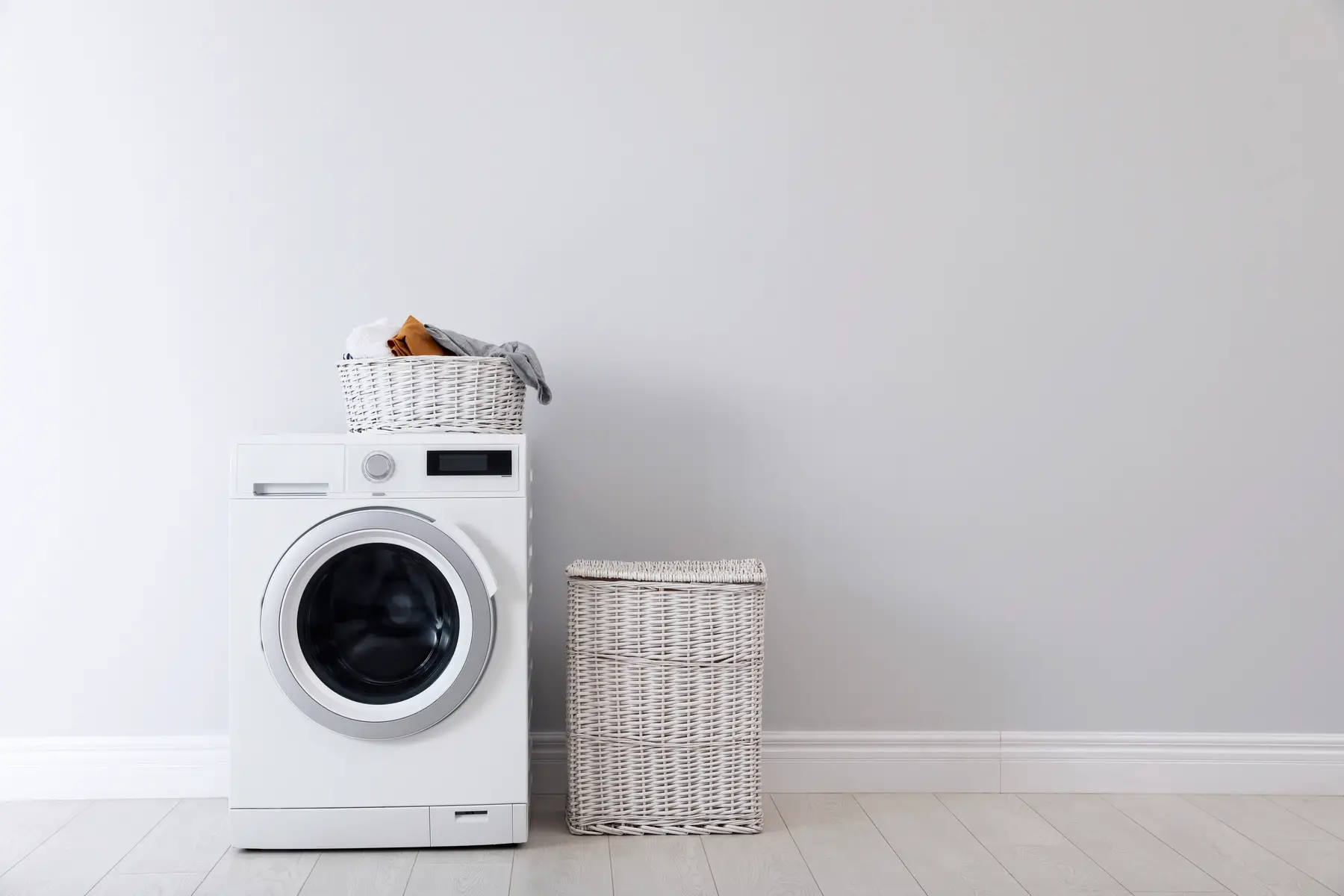
InterDiscount, digitec, and microspot are some retailers active in Switzerland where you can get your household electronics. When you’re shopping for new electronics, you can ask the retailer of your choice to take your old appliance and recycle it for you. You can also take your old machine to the nearest collection spot by using Recycling Map.
10. Recycle, recycle, recycle
The Swiss are committed environmentalists and you can see this by just taking a walk on the street during garbage collection days in Swiss cities. In Switzerland, you can live more sustainably also by recycling anything from old CDs and refrigerators to coffee capsules. Even though there is a worrying gap between the rate of recycling Swiss residents do and the actual amount recycled by municipalities, the Swiss have an impressive recycling score.
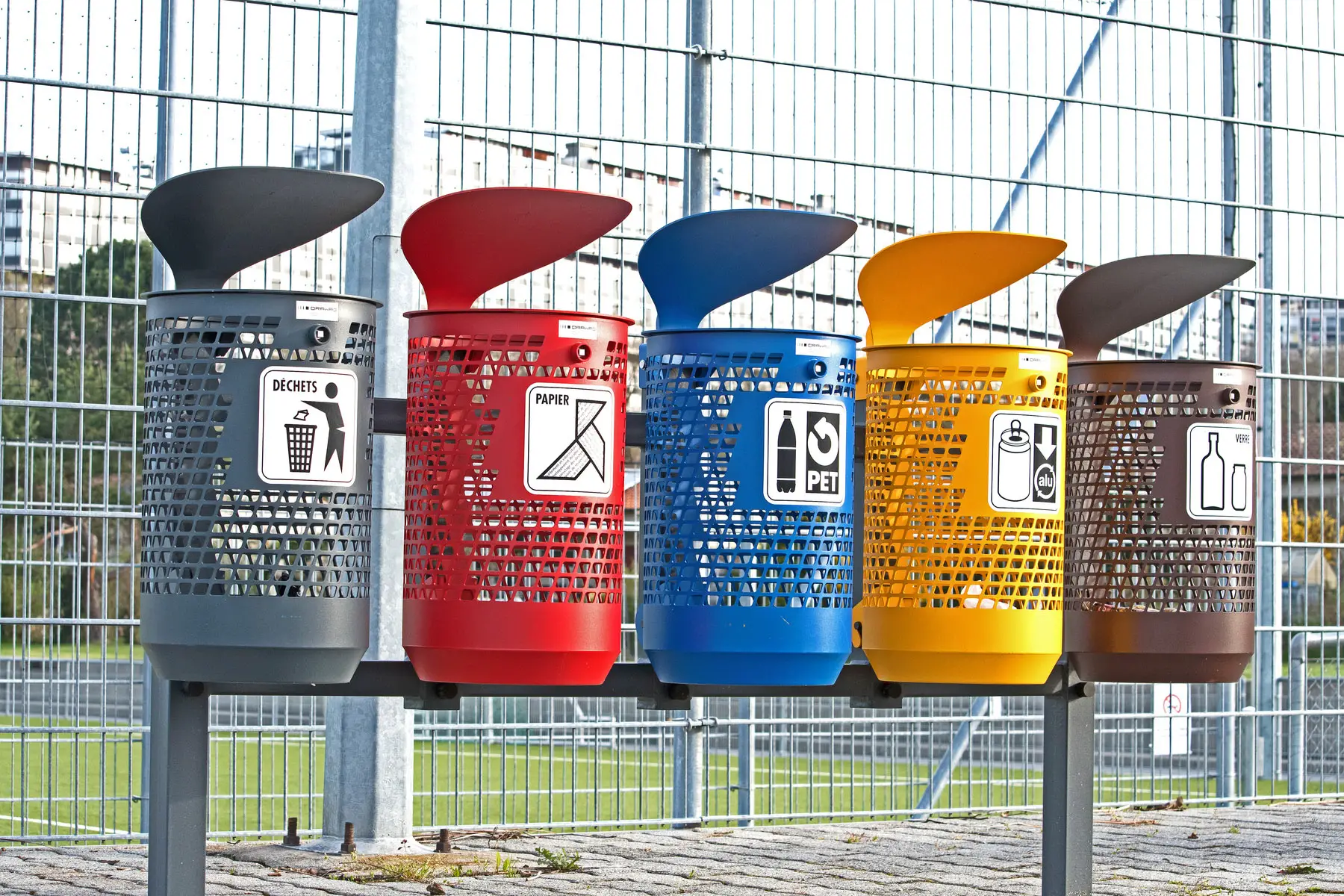
Municipalities have their own rules and collection days, and this is usually communicated to each resident via mail. If you have items to recycle in bulk, you can find one near you using this interactive map. You might have to buy municipal trash bags or stickers for certain items. Supermarkets also offer to recycle certain items and businesses selling electronics or furniture are obliged to recycle your old items if you ask.

